
Portugal has several particularities swaged in its architecture, but no one is stronger than the tiles covering every inch of buildings across the country. Strolling around the historic areas of Portuguese cities like Lisbon and Porto, you will encounter this stunning art everywhere. The tiles appear in modern and historic constructions, some dating from centuries ago. Homes and commercial properties such as restaurants, cafes and shops; public buildings, churches and train stations complete the long list. The tiles are everywhere in Portugal, but why?
Why are Portuguese Buildings Tiled?
Portuguese architecture is very particular and has several unique features. The most famous characteristic is the beautiful Portuguese tiles that cover the constructions with colour patterns. Buildings wrapped in tiles became one of the most distinguishing marks of Portugal, representing the country's culture worldwide. Standing out from other tiles types, the Portuguese have a special characteristic; they are normally ornamented and complemented with figures in blue-toned colours. To understand why this happens we need to go back in history, even before the country's formation.
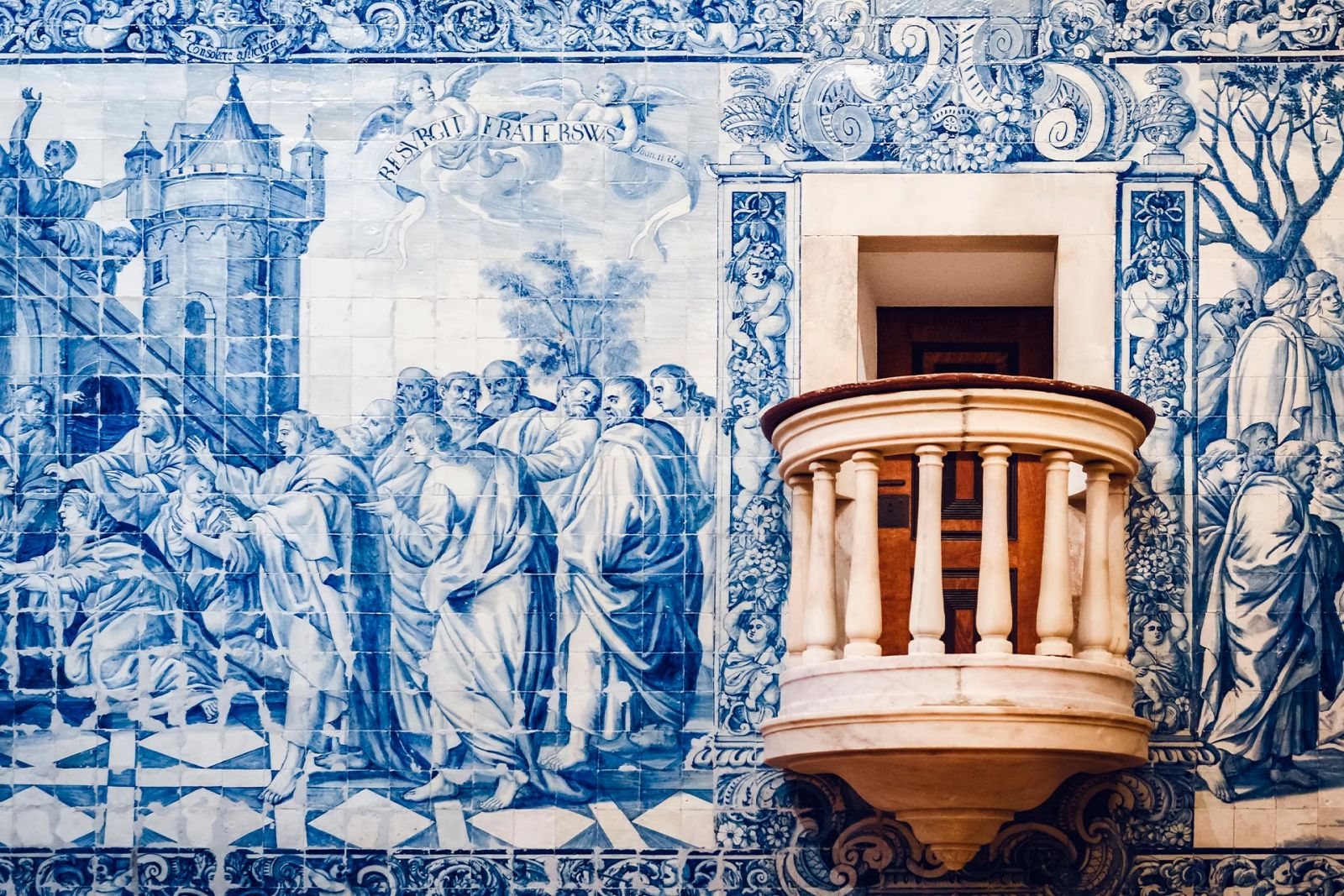
The art of producing tiles is very old and dates from way before Portugal even existed. It originated in Mesopotamia and Ancient Egypt almost 3 thousand years BC. Even though the Macedonians, succeeded by the Roman Empire, conquered the region, the art of creating tiles was only deeply introduced in Europe by the Muslims in the 7th century. The Moors' occupation in the Iberian Peninsula brought a huge cultural background to Portugal and Spain and left a mark on the region, and the art of producing tiles is one of them. In Portuguese, they're called azulejos, a language contraction after the Arabic word al-zulaich, which means polished stone.
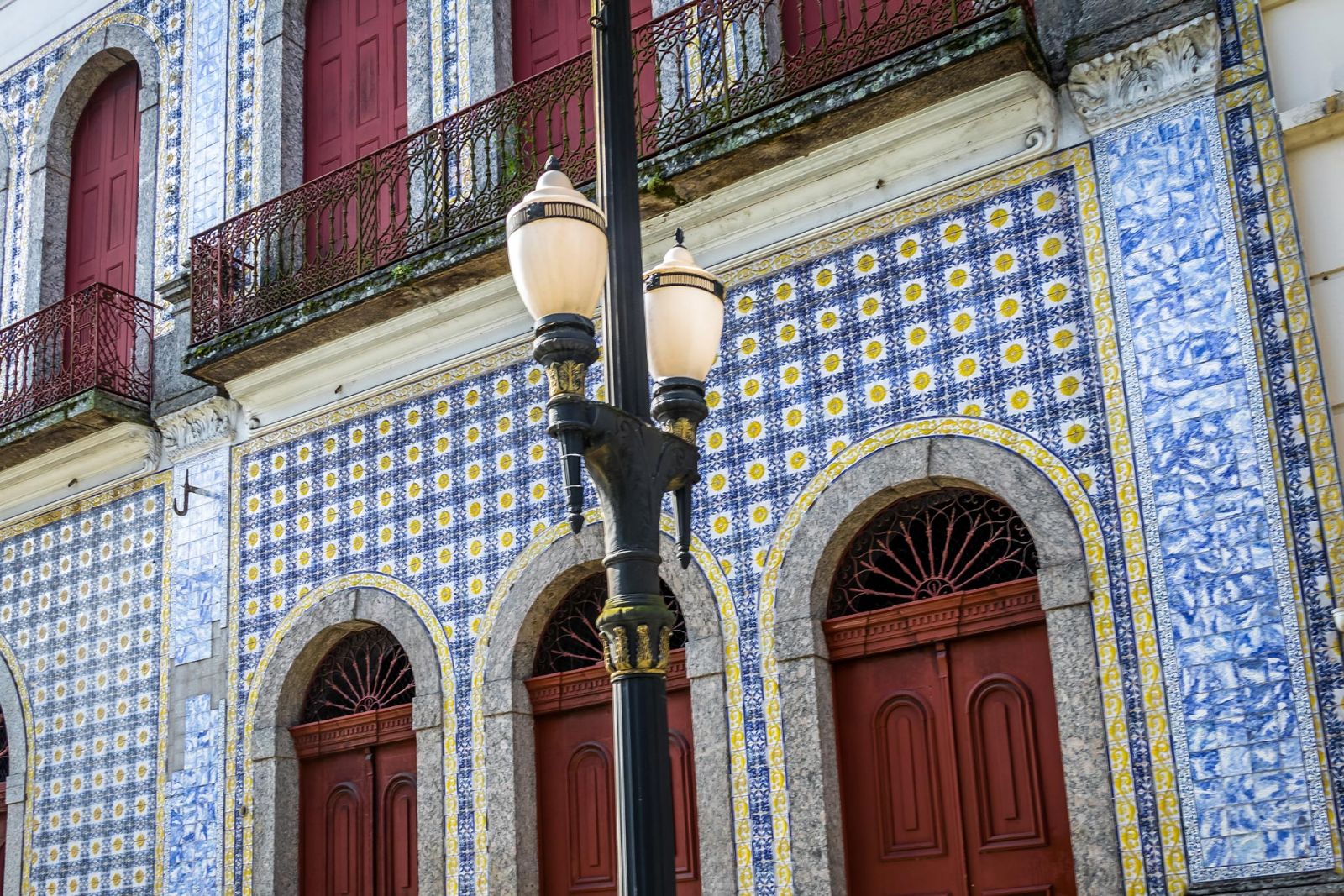
The Origins of the Portuguese Tiles
The production of tiles in Portugal and their use in construction can be traced back to the 16th century when they were introduced to Portugal from Spain. Historically, the South of Spain was considered the capital of the Moors empire in Europe - with the califate of Cordoba being the strongest. Due to this, the culture of tiles as an adornment was a reality in several public buildings around the Andalusia region.
Was just in 1498, when the King of Portugal Manuel I visit Seville and, with dazzle perceived the artistic richness presented in this adornment. The Portuguese King decided then to import the tiles technic for his residence in the National Palace of Sintra. The technic started to appear in Portuguese constructions since then, as a way to gain status and show wealth. Because of the trend set by the King, Portuguese constructors and architects explore deeply this feature, for interiors and exteriors of churches, public squares, public buildings and houses.
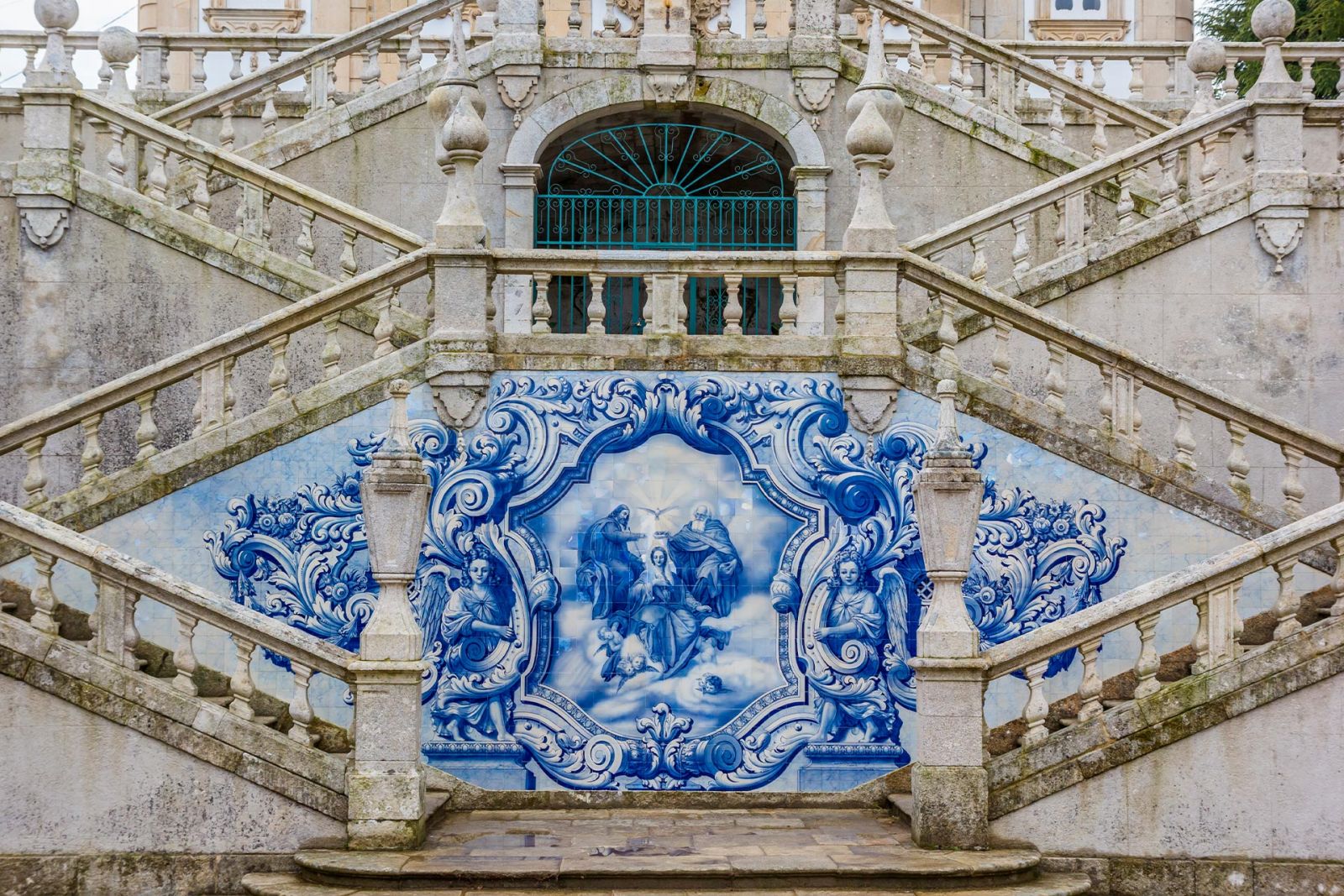
This Moorish art was mixed, in the later 16th century, with the Italian invention called Maiólica, which consists of the art of painting colours figures over a layer of white enamel in wet clay. With the combination of these technics, the tiles were brighter and more vibrant, making the perfect fit for interior design. Tiles became part of the Portuguese culture, and now they became traditional in Portuguese-style homes.
Why Portuguese Tile is white and blue?
To explain this, we need to go back in history to the time of the great discoveries when Europe started its trading relationship with Asia. During this period, Europeans were introduced for the first time to Chinese porcelain - a luxury object of great rarity. Due to the high prices of those objects, the Dutch artisans began producing tiles, using Italian technic, but in the same blue and white colours found in Chinese porcelain. The new art impressed the Portuguese community so much that they started to replicate it and produce their own tiles following this concept.
Where can you find the best-tiled buildings in Portugal?
Tiles can be found in every city in Portugal, from the smallest village to the big capitals. In Porto, though, the tiles have reached another level of magnitude, and big murals can be found across the city.
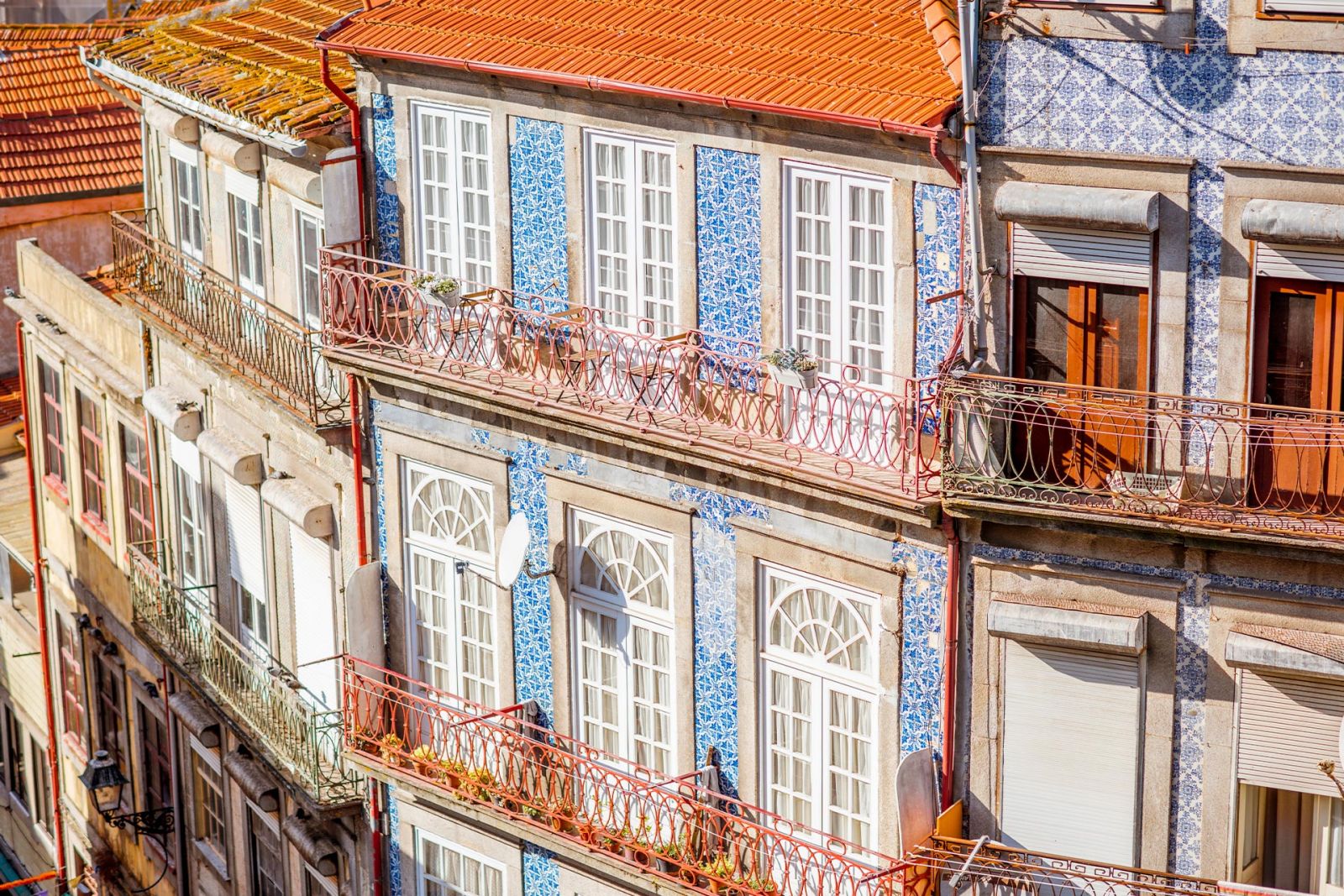
Porto
As the second biggest city in Portugal and the capital of the North, Porto also has a strong culture of tiles, due to its symbolism of wealth and social status. The substantial presence of tiles in Oporto shows different colours and patterns, telling stories about the country on long walls. One of the most famous tiles murals can be found inside the São Bento Station, inaugurated in 1916. There, the visitor can admire more than 20,000 painted blue tiles, telling the history of Portugal. Another famous wall is the outside of the Carmo Church, also in the city centre, a baroque-rococo style church from the 18th century, entirely covered with white and blue tiles.
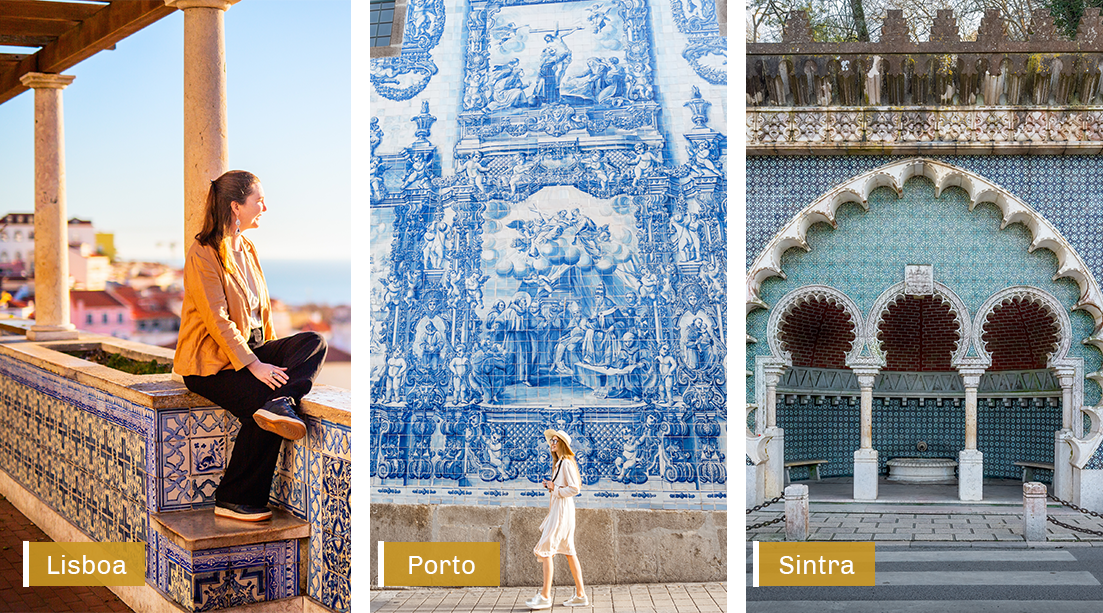
Lisbon
The 1755 earthquake has a significant impact on Lisbon's architecture known nowadays. After the destruction of the Portuguese Capital, the reconstruction of Lisbon was urgent, and the tile once again became the solution. The following years after the massive destruction lead to an impressive production of new tiles, especially the ones that bring up religious catholic figures, in a way to ask for protection. The tiles became more than a mere piece, but now a rule for new constructions in the city centre. Even nowadays they can be found across the city, in the historical parishes of Baixa, Chiado, and Alfama.
Read More:
Portugal Golden Visa Properties & Apartments in Lisbon
Lisbon is among the best for real estate investments in Europe
The Best Places to Live in Portugal
Connecting the past and the future with Portuguese Tiles
The preservation of Portuguese traditional architecture and design is a vital component of the country's cultural heritage. Right now developers are making significant strides in this effort by restoring historic tiled buildings and keeping this iconic art within modern constructions, they are ensuring that these works of art will continue to be enjoyed and appreciated by generations to come. Whether you are a resident or a curious traveller, taking the time to explore the unique tiled facades of Portugal's historic buildings is an experience that is not to be missed. With each step through the cobblestones streets and squares, you will be charmed by this world of beauty, creativity, and cultural richness.
.jpg)






